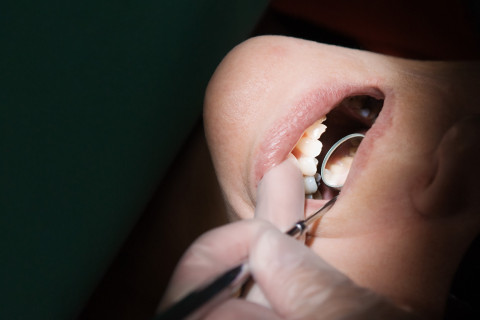Orthognathic treatment can reduce the signs and symptoms of temporomandibular disorder in patients with a retrognathic mandible, according to the doctoral dissertation by Jaakko Paunonen, DDS.
Orthognathic treatment is a combination of orthodontic treatment and mandible andor maxillary osteotomy surgery, which can be used to correct severe malocclusions and dentofacial deformities, which cannot be treated with orthodontic treatment alone. The most typical reasons for suggesting orthognathic treatment are temporomandibular disorder (TMD) signs and symptoms, difficulties in chewing, sleep apnea or some other functional problem that causes discomfort or pain in everyday life.
The first study was retrospective and its material comprised the files of 185 consecutive patients treated at the Oral and Maxillofacial Unit of Tampere University Hospital, Finland, from 2007-2014. Studies II-IV were cross-sectional: Class II malocclusion patients with a retrognathic mandible who had undergone bilateral sagittal split osteotomy (BSSO) during 2007-2011 were invited to the clinical study. Of the 151 patients 77 participated in the study, which included lateral head cephagram, TMD assessment using an internationally accepted valid protocol and completion of a quality of life (QoL) questionnaires. The clinical study was carried out in the fall 2015. There were two control groups: 22 patients who had a retrognathic mandible with Class II malocclusion and were waiting for orthognathic treatment to begin but had not yet started and 24 patients who participated in a telephone interview and were a part of the original group of 151 patients.
Data from the four studies showed that orthognathic treatment duration was approximately 31 months, mandibular advancement using BSSO was a safe and stable method with relapse of less than 1.65mm. BSSO may decrease TMD signs and symptoms with Class II malocclusion with mandibular retrognathia and increase QoL compared to patients with the same diagnosis and who are waiting for orthognathic treatment to begin.
The doctoral dissertation by Jaakko Paunonen, DDS, entitled Orthognathic treatment: duration, long-term stability, effect on tmd and quality of life will be examined at the Faculty of Health Sciences. The public examination will be held in Finnish at Tampere University Hospital on 21 August 2020. The opponent in the public examination will be Docent Patricia Stoor of the University of Helsinki and the Custos will be professor Timo Peltomäki of the University of Eastern Finland.
